As an Amazon Associate I earn from qualifying purchases.
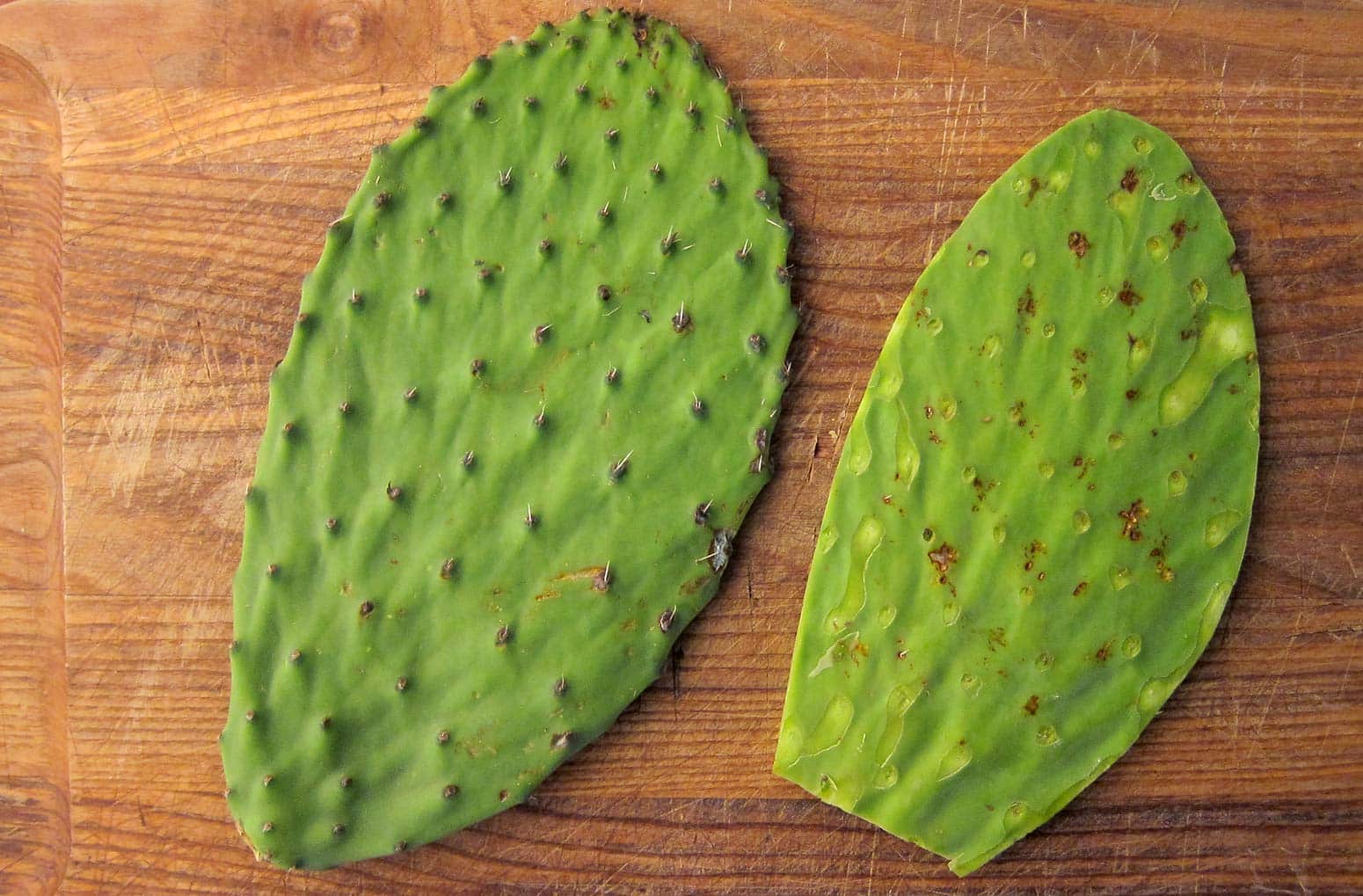
Nopales, nopalitos or prickly pear pads, whatever you call them, cleaning nopales is a sticky business. Here’s how to remove thorns from your nopales painlessly.
Before we start, know that there are scores of various species of opuntia cactus living in 46 states (only Alaska, Vermont, Maine and New Hampshire lack at least one species), plus 5 Canadian provinces and, well, every state in Mexico.
All are edible. Some are better than others. What makes some better for nopales are size, tenderness and lack of spines. All species have at least some spines, and all nopales have evil, hair-like glochids — spines you can barely see, but you can definitely feel if you get them in your fingers.
The glochids live at the base of the many little nodes on the pad. We’ll get to them in a minute.
You are reading about how to clean nopales because you either have them growing near you, or you wanted to save money and buy uncleaned nopales at the market.
While all pads are can be used, it’s the young growth you really want, nopalitos, or nopales tierna in Spanish. This normally happens in spring, but I’ve seen new growth on nopales at all times of the year. Cactus are funny like that.
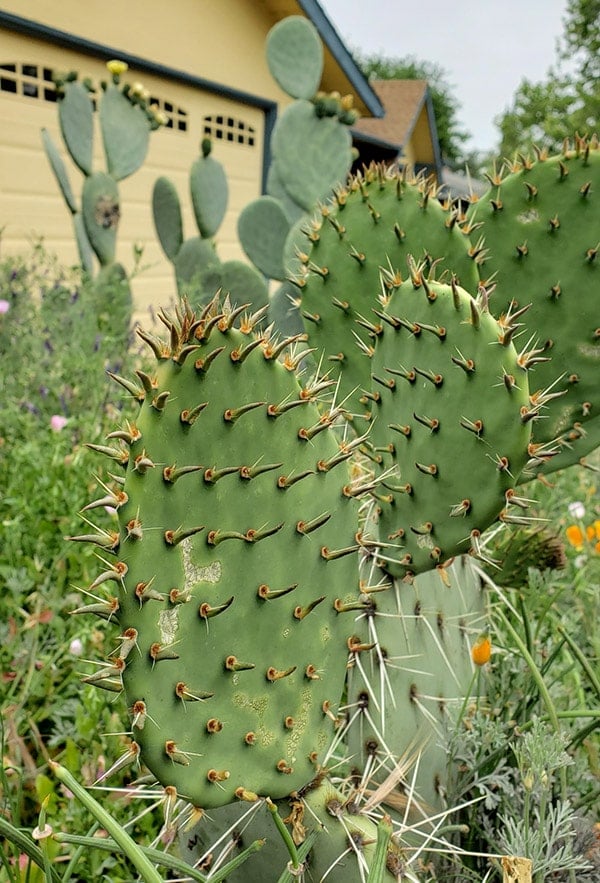
Note that if you use old paddles, some will have a woody center to them, which isn’t edible. Stick to the new growth.
To harvest nopales, you grab the nopal (singular of nopales) with tongs and slice it off the larger plant at the base. You can hold it with your fingers so long as you avoid the nodes where the large spines are coming from. One neat trick is to use a torch to burn off the spines of the nopal before you harvest it. That saves a lot of time.
So when you have your nopales, you need to remove both kinds of spines. You can clean nopales with one or more of three tools: A thin-bladed, sharp knife; a melon baller; or a vegetable peeler. I am partial to a knife or a vegetable peeler. I think the melon baller is too dull to do a good job, but some people swear by it.
Step One
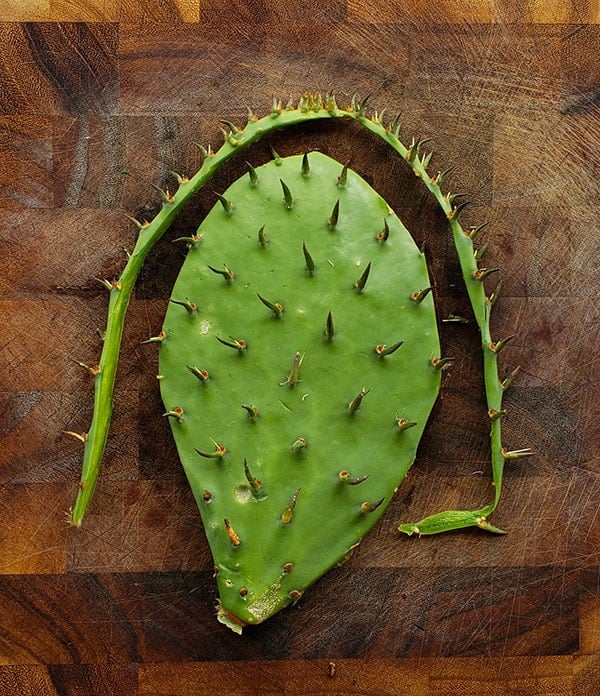
Set your nopal on a cutting board and anchor it with one hand. You can either just press down where there are no spines, or you can use a towel to hold down the base.
Use a knife to slice off a thin rim around the edge of the nopal, removing the nodes on the edge. You can get most with one nice sweep of the knife, but then you’ll need to either move the nopal or flip it over to finish.
Step Two
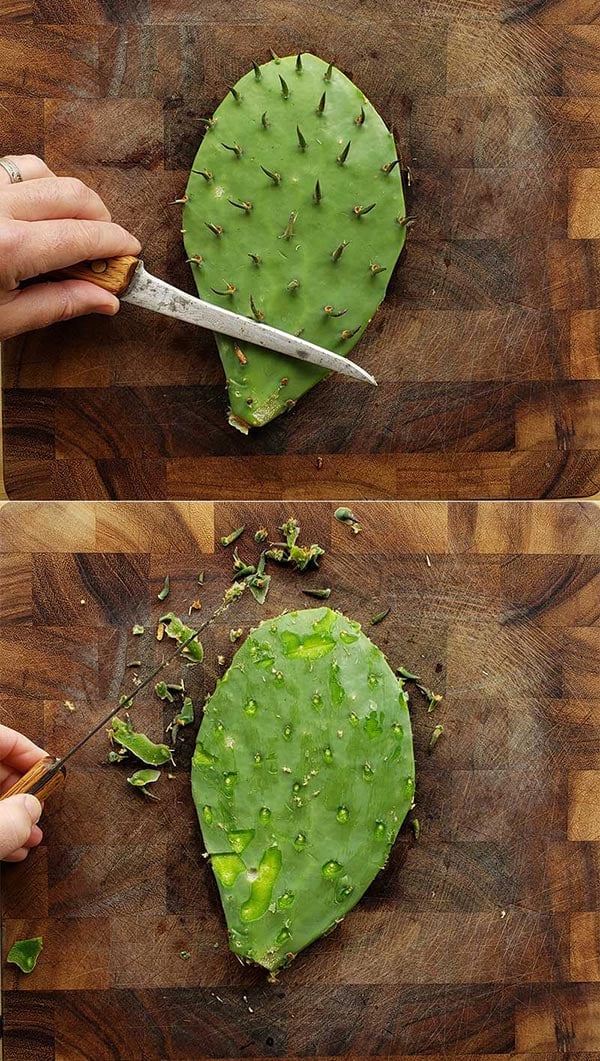
Lay the nopal as flat as you can and sweep off all the nodes with the knife. The vegetable peeler really shines here, but you can do it with a knife almost as easily. This is all very easy if you have a flat nopal. Unfortunately, they are often warped. In this case, just slow down a bit or you will slice right through the nopal, which is very tender.
Warped and bent nopales are where a melon baller comes in handy. You can use it to scoop out the nodes where the knife or peeler won’t reach easily.
Step Three
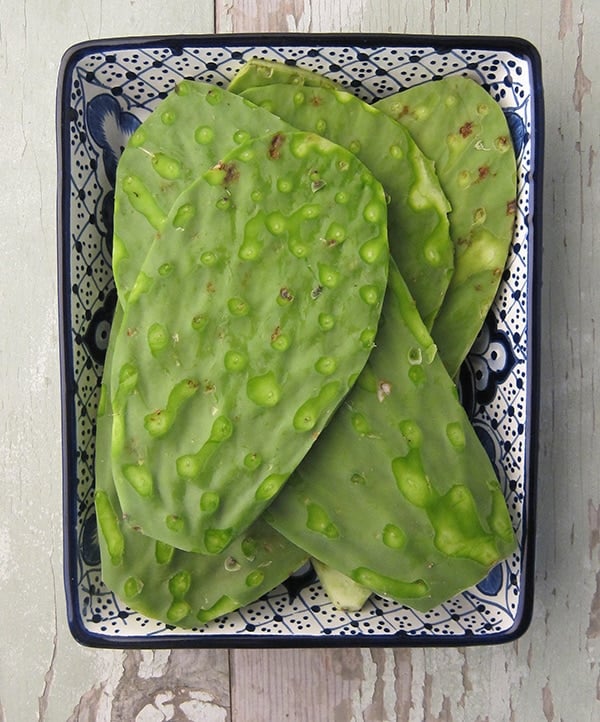
Once you have all the spines off, you will want to wipe down the nopal with a paper towel. Don’t wash it yet — water activates the notorious slime in nopales.
Here are instructions for how to remove the slime from nopales.
Cleaned and wiped down, the cleaned nopales will keep in a plastic bag for a week in the fridge. I happen to like them a lot raw in a crunchy cactus salad.
Video
Want to see how to clean nopales in video? Here ya go…
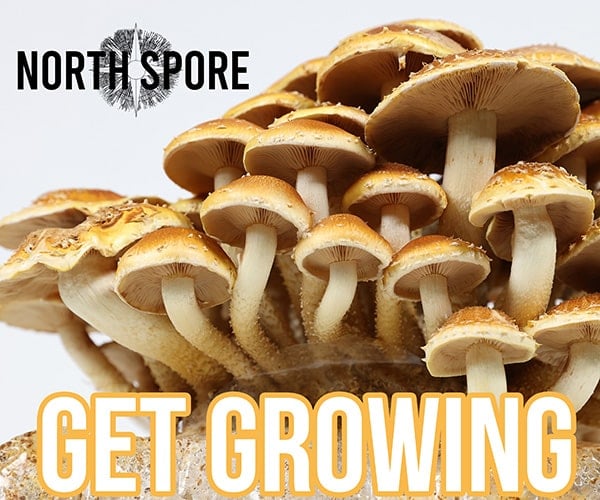
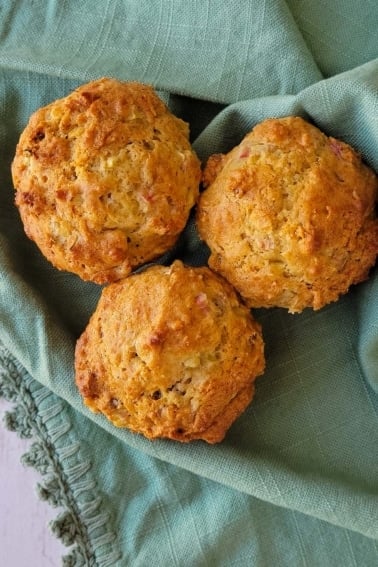

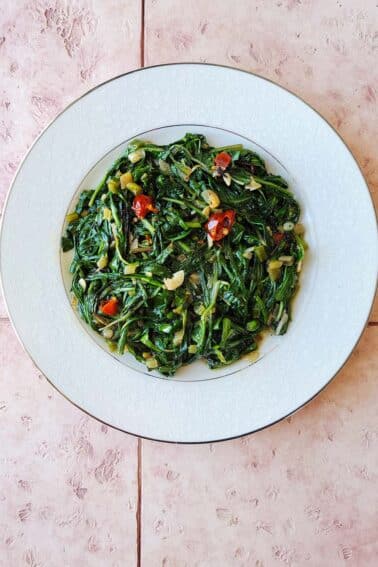
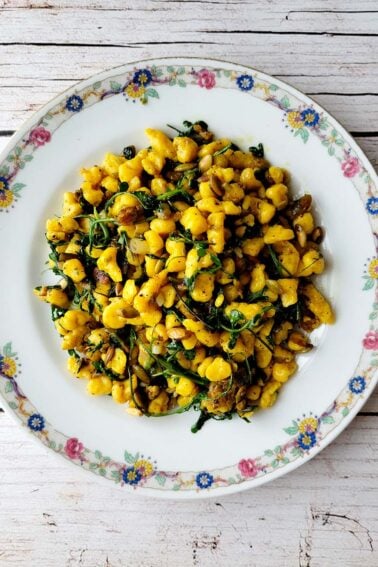
Can u juice nopales
Edmond: Probably. I have never tried.
I love them. Vegetable peeler for me. Then I dice freeze separately on parchment on cookie sheet. Then when frozen I put in baggie to keep in freezer and only use what I want. I steam them before adding to any dish I’m cooking with the nopales. Not too much slime if any. Steaming keeps them from becoming slimy but holds their integrity and not mushy.
Irais: Good tip! How long do you steam them for?
Thanks for the article. I had fun gathering the nopales and cooking them. I have two questions:
1) I assume that cooking destroys the small hairs, correct?
2) You have a raw recipe for these. Does that require removing 100% of the spines? I’m having trouble seeing how this is possible. After a little trimming my cutting board and knife were covered with spines, and at least some of these ended up back on the nopales. I can’t imagine ever being confident that I had removed all of them.
In the end I chickened out and boiled mine, which seemed to destroy the hairs, but I am still curious to try a raw salad next time.
Thanks!
Matt: They come off easily… but it depends on the type of prickly pear. The ones with fewer spines are the ones best to eat raw. But a quick rinse will do the trick. Rinse and wipe dry with a paper towel.
Couldn’t find how to prevent slime on nopales. I clicked on the sentence offering same, and it went nowhere.
Ellen: Yeah, the fact that you are getting this post in your inbox is a mistake on my part. I have three nopales posts set to publish, but I wanted to push only one to email. Alas, I messed up. The removing slime post is scheduled for tomorrow. Sigh.
Nice! I was thinking of buying some of these to try. They have them in my local supermarket.